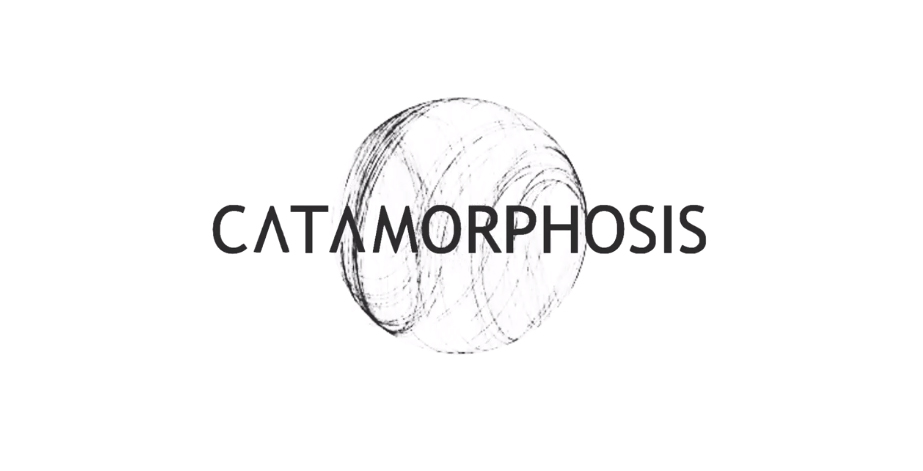Anna Thorvaldsdottir on CATAMORPHOSIS

On January 29, the latest orchestral work by Anna Thorvaldsdottir - CATAMORPHOSIS - is premiered by the Berlin Philharmonic conducted by Kirill Petrenko in a performance available to watch around the world via the orchestra’s Digital Concert Hall.
Watch at Friday, 29 Jan 2021, 20:00 MET
Thorvaldsdottir’s initial inspiration for the 20-minute work was our fragile relationship to the earth, a theme which took on added resonance during its composition. In this interview Anna Thorvaldsdottir takes us behind the scenes of the creation of CATAMORPHOSIS, describing what to expect from the new work, its key features and how the events of 2020 impacted on the creative process.
CATAMORPHOSIS was co-commissioned by Stiftung Berliner Philharmoniker, New York Philharmonic, City of Birmingham Symphony Orchestra and Iceland Symphony Orchestra.
View score
What is the work about?
AT: The core inspiration behind CATAMORPHOSIS is the notion of our fragile relationship to the earth. The urgency and intensity that comes with the fact that if things do not change it is going to be too late, risking utter destruction. This inspiration had a strong initial influence on the work and its overall structure - the core of the work revolves around a distinct sense of urgency, driven by the shift and pull between opposing forces, of power and fragility, hope and despair, preservation and destruction.
It's a very personal piece and a very personal reflection, it is quite dramatic but also full of hope — the hope that we can find balance within and gain perspective for a balance with the world around us.
What does the title - CATAMORPHOSIS - mean?
AT: The title has a double meaning, it refers both to the risk of catastrophe and to the morphing between the various polar forces.
How does the piece sound and what can the listener expect to hear?
AT: It is quite difficult for me to explain in words how the music sounds but the aura of the piece is characterised by an orbiting vortex of emotions and a sense of intensity achieved through various musical forces, carried by harmonies and ethereal sounds. The music moves between polarised phases of power and calm and has a sense of urgency, but also of tranquillity and a subtle sense of meditation. These different atmospheres flow in and out of each other throughout the piece.
“It's a very personal piece and a very personal reflection” – Anna Thorvaldsdottir
How is the inspiration behind the piece related to the music itself?
AT: In general, the relationship between inspiration and the pure musical feeling and methods, for me, tends to shift at a certain point in the creative process of every work. The core inspiration provides the initial energy and structural elements to a piece and then the music starts to breathe on its own and expand. In CATAMORPHOSIS this point in the process became more tangible as, in 2020, it happened to align with an event that has had such dramatic impact on our lives and reality. The notion of emergency was already integrated into the music and, to counterbalance, that a sense of hope and belief, which certainly also resonated with how things have been. The meditative state that was needed to gain focus in order to sustain and maintain the globally important elements in life also became increasingly important and provided another layer to the inspiration.
You finished the piece during the pandemic – did that affect the creative process?
AT: Not consciously, but when 2020 shifted into a crisis the focus in the piece also shifted within me, in a way. The core inspiration being so overwhelmingly important, it had already integrated itself into the work and at this point I was able to escape purely into the music itself, without actively thinking about or reflecting on its inspiration, as such. The writing of the piece became in some ways therapeutic and a way to stay within the music through the difficulties that came with the dramatic changes to our lives.
I had started to write the piece well before the pandemic so the instrumentation and the core energy and structure for the piece was already in place and I am quite thankful for this as it might otherwise have affected for example the instrumentation, as I might have been tempted to reduce the size of the orchestra given all the restrictions that were in place. But it was inevitably quite surreal to be working on such a large piece at the same time as performances were continuously being postponed and cancelled, especially for larger ensembles and orchestras.
Listen to a selection of pieces by Anna Thorvaldsdottir
(Jan 2021)
